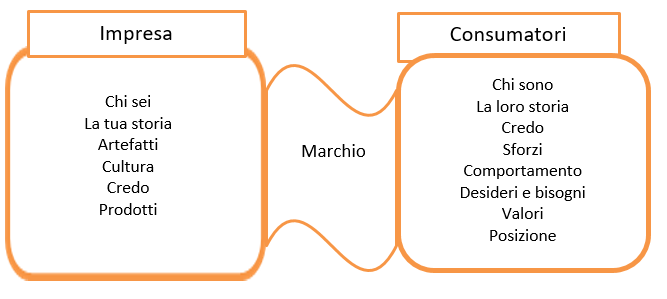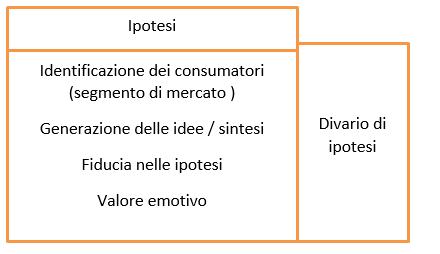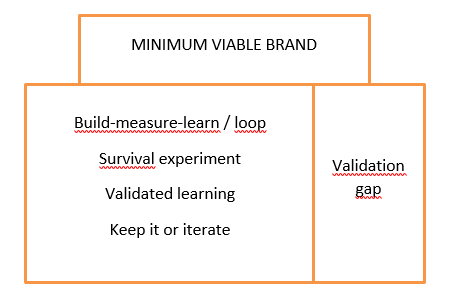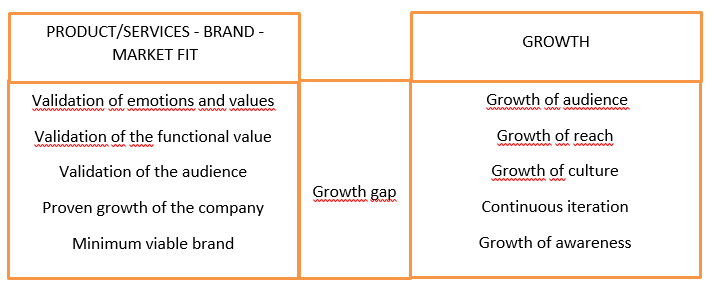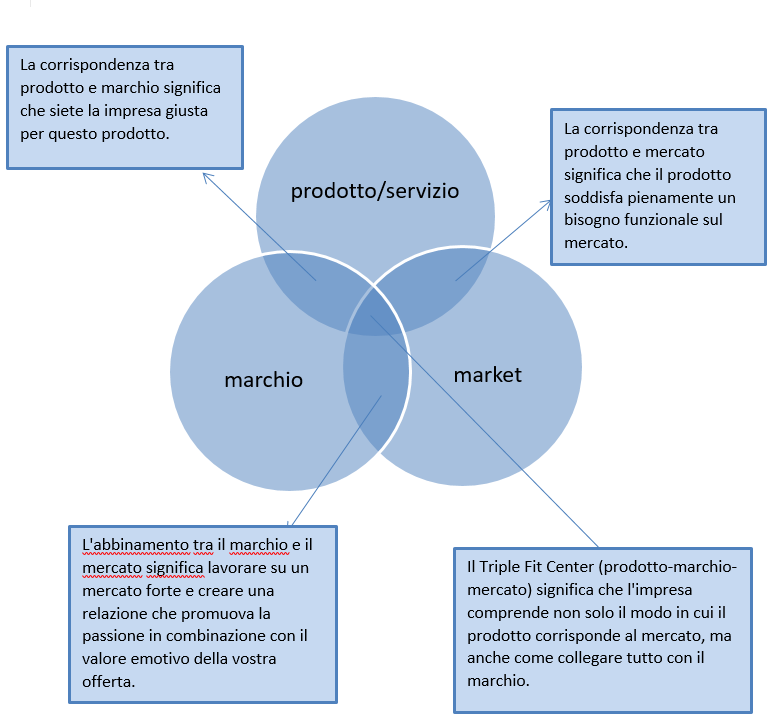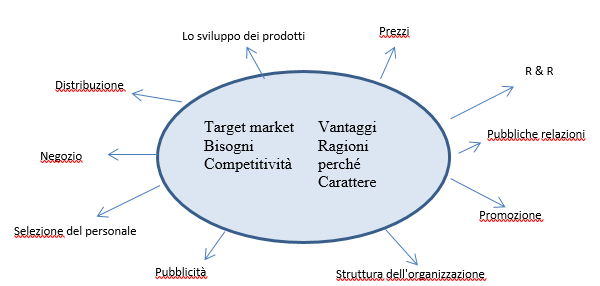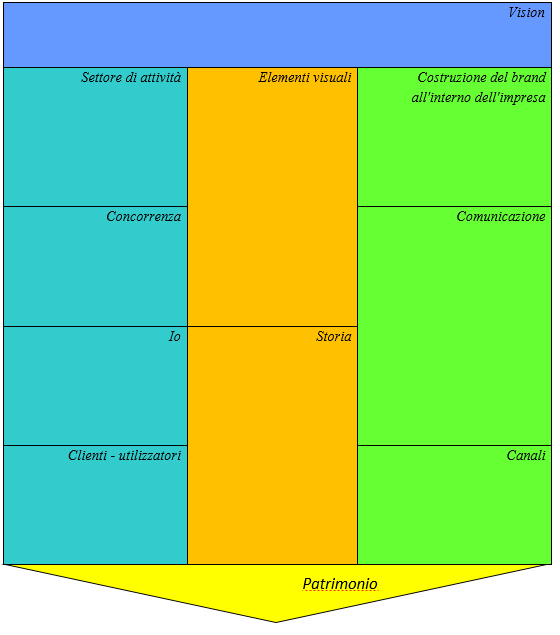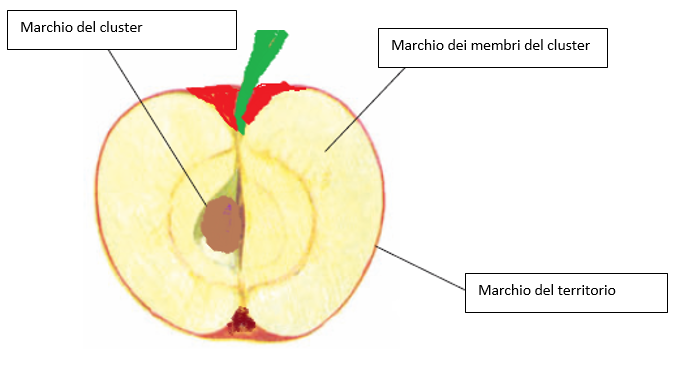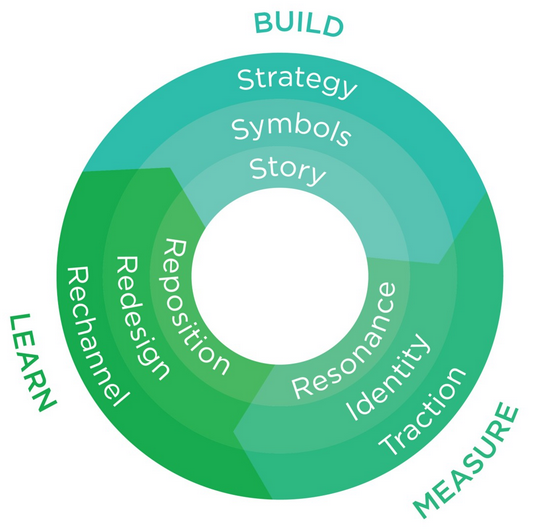Meeting customer needs is a process that takes place continuously in all phases of the company's life cycle. To this end, different approaches have been developed to allow entrepreneurs to successfully identify the needs of the target segments and formulate an offer that best meets these needs. Kanvas offers value, the authors of Osterwalder, Pigneur, Bernard, Smith and Papadakos (2014), is one of these tools and is presented in greater detail below.
Kanvas Value Offering is a tool developed to support entrepreneurs in the development and improvement of the value of the company value and therefore in maximizing the needs of the target segments. The approach offered by Kanvas offers appropriate value for beginner entrepreneurs who are starting a new project, as well as for project managers of a company created within an existing organization.
The tool has two parts. The first part represents the profile of the buyer in which the company presents its understanding and vision of the customer. In the second part, called the map of values, the company describes how it will create value for the customer. A value offer can be defined as a series of advantages that the buyer can expect from the product or service of the selected company. On one side of Kanvas we have a supply that we are designed to acquire customers and, on the other side, the characteristics of the buyer, which we have developed by hypothesizing, observing and validating the market. When the value offer is consistent with the buyer's profile, compliance ("fit") is achieved between the two parts of Kanvas. At that time, the company's products and services created ways to relieve the pain and benefits that are consistent with the activities, pains and benefits that are important to the buyer.
Customer profile
The customer profile (segment) in a structured way shows the specific target segment in the company's business model. The presentation of the buyer profile includes three elements: 1) tasks, 2) pain and 3) benefits (Figure 1). The goal of creating a customer profile is to view the individual elements relevant to the target segment. The result of this activity is to show the buyer profile on one side.
Figure 1: Customer profile
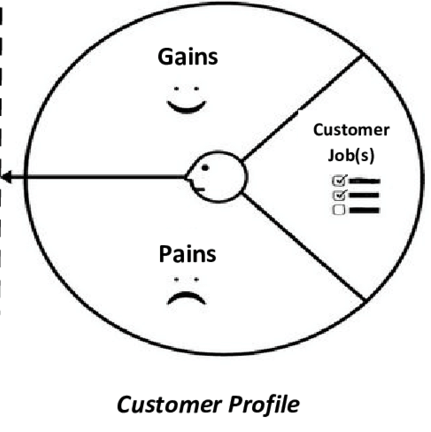
Source: Osterwalder, Pigneur, Bernarda, Smith and Papadakos, 2014
The client's activities include the activities that the buyer wishes to perform during an office or in his spare time. It can be the tasks he wants to accomplish or finish, the problems he wants to solve or the needs he wants to satisfy. In analyzing the tasks, it is always necessary to proceed from the point of view of the buyer and his priorities. The activities can be classified into functional, social, personal / emotional and support activities:
- We talk about functional tasks in cases where customers want to perform a specific task, solve a certain problem (eat healthy, write a report, etc.).
- We talk about social affairs when our customers want to look beautiful or gain strength and status. The tasks belonging to this group describe how our client wants his environment to be perceived (e.g. Trends as a buyer, expertise as an expert, etc.).
- When a client looks for a specific emotional state (e.g. well-being, safety - reconciliation with an investment decision, job security), we are talking about personal or emotional tasks.
- During the search for the buyer of the value he also carries out support activities deriving from his three roles: 1) value for the customer (the buyer to buy, compare the different offers, among which he acts, waiting in line to make a purchase, acquisition of goods, etc.), 2) value co-creator (activities related to the creation of value with the company - comments / reviews on products and services, participation in product design, etc.), 3 ) the transmission of values (tasks related to the completion of the life cycle offers a value - unsubscribe, discarding the product, resale, donation, etc.).
Customer orders usually vary according to the context in which they are created (the visit to the cinema is different depending on what we go to the cinema - with the children or with the partner). It should also be noted that all activities are not equally important for all customers. For some, some tasks will be irrelevant, others will work in relation to work more important than those in private life, etc. It is essential to identify the relevant activities for our target segment.
The buyer's grief illustrates everything that disturbs the buyer before performing, during or after performing a given job, simply by preventing him from doing the job. Pain carries the risk that the result of our work is bad or bad. the work cannot be completed.
Pain can be classified into three classes:
1) Results, unwanted problems and characteristics Pain can be functional (the solution does not work, does not work well, has negative side effects, etc.), emotional (feeling bad about doing something), auxiliary (disagreement related to visiting a shop for purchase the product). This also includes unwanted properties (such as bad design).
2) Obstacles. This includes anything that prevents the customer from doing the job or the job. slows down (e.g. lack of time, too expensive solution, etc.).
3) Risks or risks. unwanted results. Here we ask ourselves what can be wrong or not. which can have negative consequences (e.g. loss of credibility when using a particular solution, etc.).
Likewise, the importance of individual activities varies from customer to customer, so the degree of pain varies among customers. This can only be extreme or moderate.
Customer benefits include the results and benefits the customer wants to receive. Benefits include functional utility, social benefits, positive feelings or money savings. They can be classified into four groups:
1) Benefits required. These are the advantages without which the solution would not work. For example, the smartphone must be able to make calls.
2) Expected benefits. These are relatively basic benefits that we expect from the solution, although they are not necessary. For example, Since Apple designed the iPhone, we expect the phone to have a nice design and a nice appearance.
3) The desired benefits. These are benefits that go far beyond our expectations, but we are happy if we can receive them. For example, we want our smartphone to be connected to other devices.
4) Unexpected advantages. These are benefits that go beyond our expectations and desires. For example, touch screen - before launching the touch screen on Apple, nobody thought about it as an integral part of the smartphone.
Just as the pain rate is different from that of the buyer to the buyer, so too are the benefits of different importance for buyers: they can be crucial or simply "nice to have" ("essential" or "nice to have").
When creating a customer profile, you need to follow these steps:
1) Select a customer segment. Select the customer segment you wish to profile.
2) Define the client's activities. Ask what type of business / business your buyer wants. Write each job on a post-it note.
3) Determines the buyer's pain. What kind of pain do your customers have? Indicates as much pain as possible, including obstacles and risks.
4) Define the customer benefits. What are the results and advantages that the buyer wishes to obtain? Provide all possible benefits.
5) Sort tasks, aches and benefits based on importance according to the customer. Sort tasks, pains and benefits in the columns, with the most important tasks at the top of the column, the most extreme pain and the best key benefits. In the lower part of the column there should be less important tasks, moderate pain, "nice to have" benefits.
The most common mistakes in creating a buyer profile are as follows:
- integration of multiple customer segments into a single profile,
- replacement of activities with results,
- focusing exclusively on functional tasks and neglect of social and emotional tasks,
- determine tasks, pain and benefits from the point of view of the company's value,
- identify the insufficient number of tasks, pains and benefits.
- Too general description of pain and benefits.
Below is a map of values.
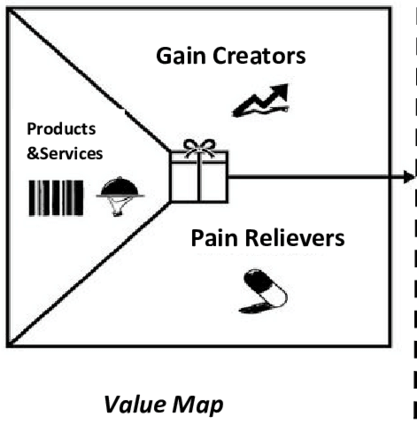
Figure 2: Map of values
Source: Osterwalder, Pigneur, Bernarda, Smith and Papadakos, 2014
Products and services represent the company's offer. It is a list of all the products and services on which value is based. This set of products and services helps the customer to perform functional, social or emotional tasks, helping them to meet basic needs. Products and services are not yet creating value. Value is created when products and services resolve the desired activities, pain and benefits of a specific target segment. The list of products and benefits may also include company support activities, which support the customer in carrying out various applications (customer role - offer comparison, co-creator role - product design, laptop role - removal of the product).
The value offer is made up of four groups of products and services:
1) Physical / tangible (e.g. Artifacts)
2) Unacceptable (e.g. copyrights, after sales activities)
3) Digital (e.g. music downloads, online tips)
4) Financial (e.g. investment funds, insurance)
It is important to remember that not all products and services have the same meaning for the customer. Some products and services are fundamental to offer value, others are "beautiful to have" and "beautiful to have".
Painkillers show how the company's products and services relieve customers' specific pain. They indicate how the company intends to remove or reduce the selected concerns that weigh on the buyer between before, during and after the execution of a particular job, prevent him from doing the job. The best value offers focus only on the pain of the most important (extreme) customer. Instead of facing all the pains of the client, they prefer to focus on the most important and eliminate yourself in the best way.
Similarly, when ordering pain from a more important to a less important one, the company can classify analgesics as to their importance to the buyer ("essential" or "nice to have").
Benefit creators show how products and services generate customer benefits. They are an overview of how the company intends to model the solutions and benefits that customers demand, expect or want. The latter refers to functional utility, social benefits, positive feelings and money savings. With the creators, the company does not need to face all the benefits identified by the buyer profile, but only the most important ones for the buyer, where products and services can be differentiated from others ("essential" vs. "nice to have" ).
Following are the steps of the sequence for creating a map of values:
- Provide a list of products and services. List all products and services within your existing offer.
- Identify ways to relieve pain. Write down how your products and services currently lie to customers to relieve pain by removing unwanted results, obstacles or risks. Use a post-it ticket for each mode.
- Identify the benefits of the creators. Explain how your products and services currently deliver the expected or desired results and customer benefits. Use a post-it ticket for each creator to benefit.
- Sort by relevance. Order products, services, ways to relieve pain and benefit makers based on their importance to the buyer.
The most common errors in map mapping are as follows:
- listing all the company's products and services, rather than just those that are connected to a specific customer segment,
- the positioning of products and services between pain operators and beneficiaries,
- determine pain and benefit buffers that are not related to the pain and benefits of the target segment,
- (unrealistic) try to get the company to face all the customer's problems and benefits.
The canvas offers value
Consistency between the map and the value of the buyer profile (Figure 3) is obtained when the customers enthusiastic about the company's offer, which occurs when a value offering company addresses the important tasks alleviates extreme pain and the creation of key benefits which are important to the customer. Achieving a balance between the two parts of Kanvas is an extremely demanding task and is the basis for creating a value offer in a company.
Figure 3: Value preposition canvas
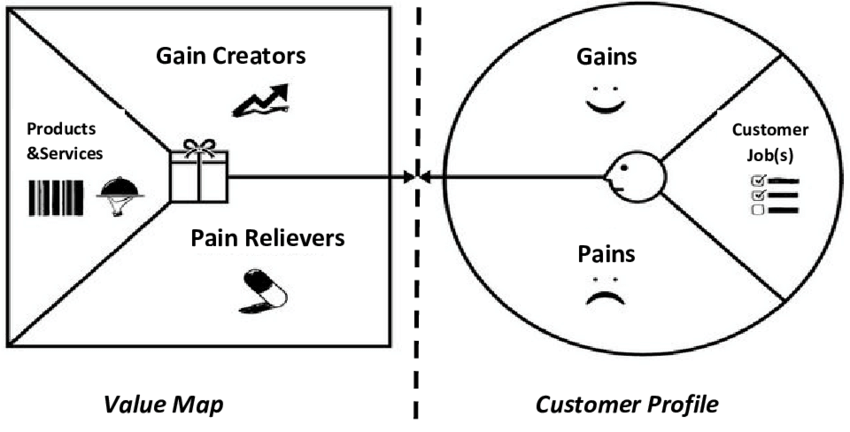
Source: Osterwalder, Pigneur, Bernarda, Smith and Papadakos, 2014
The goal of determining consistency between the value offer and the buyer's profile is to verify that the company is indeed dealing with important issues for the buyer. The results of this process are the association of the company's products and services with the buyer's business, pains and benefits.
In determining compliance, all identified pain experts and beneficiaries should be analyzed (one by one) and checked if they match the buyer's previously identified tasks, pains and benefits. Each item that matches the buyer's profile is appropriately marked. If the correspondence between the element and the profile is not found, it means that the selected element does not bring value to the customer.
There are three types of compliance:
- Corresponding problems and solutions. The latter is achieved when we establish (and demonstrate) what tasks, pains and benefits are important to the buyer. When a company forms an offer that addresses exactly these elements, the problem and solution are consistent.
- Matching the solution and the market. The latter result is achieved when our products / services, our pain specialists and creators benefit from benefits for our customers and open the way to the market.
3. Match the business model. Once you have confirmation that the value of the offer can become part of a profitable business model.




